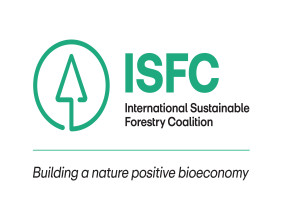Highlights
Deutsche Bank highlights softer transatlantic passenger flows for IAG
U.S. trade duties have added uncertainty to international travel patterns
Exposure to North American routes remains a key revenue element for European carriers
The airline sector underpins global mobility by linking regions and supporting commerce and tourism. Carriers in this space adjust continually to changes in trade policy, economic conditions, and consumer behaviour. International Consolidated Airlines Group SA (LSE:IAG) operates a large network of services between Europe and North America, placing it at the heart of recent market shifts.
Trade Duties and Demand Shifts
Trade measures introduced by the United States and counter-measures elsewhere have created uncertainty in passenger flows. This environment has been especially pronounced on North Atlantic services, where corporate and leisure bookings have softened amid evolving economic sentiment. Carriers face pressure on scheduling as planners work to align capacity with reduced demand on key transcontinental sectors.
Transatlantic Exposure
International Consolidated Airlines Group SA (LSE:IAG) derives a substantial share of operating revenue from flights linking major European hubs with cities across the Atlantic. Those routes have historically supported premium cabin pricing and strong yield profiles. Recent movements in trade policy have led to lower load factors on certain city-pair services, prompting a re-evaluation of fleet utilisation and frequency on high-volume sectors.
Operational Cost Pressures
Fuel expense benchmarks, labour contract renewals, and airport levy adjustments remain primary cost drivers for European carriers. Fluctuations in global fuel markets and changes in ground-handling fees have influenced the economics of long-haul operations. In response, IAG has advanced ground-operation streamlining initiatives and sought revised terms with service providers to contain expense growth within a challenging cost framework.
Strategic Adjustments in Route Network
Airlines often reassign capacity to mirror shifts in travel preferences, withdrawing from underperforming sectors and reinforcing core corridors. IAG has made timetable changes to reduce frequency on lower-yield routes while sustaining key airport pairings that show stronger retention. These network refinements aim to optimise aircraft deployment and uphold brand presence in markets with resilient demand.
Revenue Mix and Ancillary Sales
Complementary services such as baggage fees, onboard concessions, and loyalty-programme partnerships contribute to non-ticket income. IAG’s multi-brand loyalty scheme has maintained member engagement even as seat volumes varied. Collaborations with financial institutions and retail partners further expand that segment, supporting diversification of revenue streams under fluctuating ticket yield conditions.






